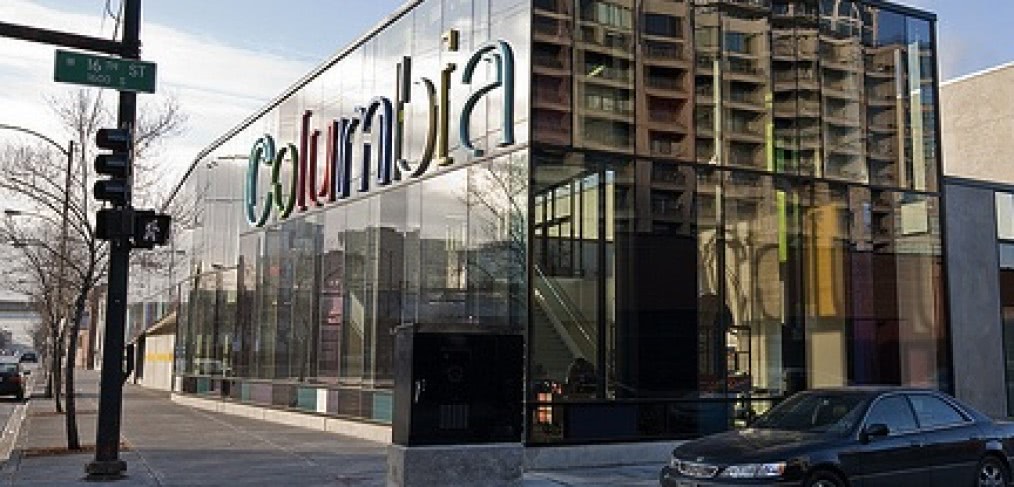
Revitalizing Chicago’s Loop (Part 2)
Many American cities experienced flight to the suburbs in the 60s and 70s—and many continue to suffer the repercussions today. Chicago has fared better than most, as enlightened investment in civic spaces and residential development downtown have ignited an enthusiasm for the urban lifestyle once more.
In my previous entry, I talked about how even the most enthusiastic among us still had reservations about city education: schools suffered alongside the decline of the Loop, but didn’t benefit as much from the re-investment into the city that took place in the 1990s. But they have benefitted, and today, they are far better than their reputation might have many urban dwellers believe.
Over the past decade, the inescapable draw of urbanism, culture, and community has meant the small but growing population of young parents who opted not to go to the suburbs joined local school councils, raised funds, and relished the diverse experiences and ethnicities their children’s public education provided. Crumbling neighborhoods quickly became “hot” due to their proximity to the best CPS facilities.
Furthermore, in a forward-thinking initiative, Mayor Daley pushed for the creation of two new in-city high schools, including Walter Payton College Prep, in the shadow of North Michigan Avenue. An immediate success, Payton and its north side sister, North Side Prep, are now so desirable that the admitted student/applicant ratio is more demanding than Harvard, Stanford, or MIT.

Students from schools located in the Loop, such as Columbia College, are helping revitalize the area.
The creative class and the educational needs thereof have become a primary shaper of Chicago’s physical and social landscape. Yet in addition to a large supply of Loop high-rise residential units and an emerging downtown quality school supply, another unforeseen educational derivative of Chicago’s creative class has begun to substantially influence the nature of downtown Chicago life: higher education.
[pullquote]The Loop has undergone more positive physical change in the last 15 years than any time in its history. But what’s next?[/pullquote]
Exploding undergraduate and graduate populations from Northwestern, DePaul, Roosevelt University, Columbia College, and the School of the Art Institute and others have triggered the conversion of class C office buildings to classroom, studio, and student housing in the loop, in turn driving the creation of retail and entertainment uses targeted for student populations.
Sometimes referred to as “Loop U”, the estimated 65,000 students have added energy and foot traffic to the midnight to 6 am Chicago street life that the empty nesters (me) have abdicated. Retailers like Charlotte Russe, Sketchers, H&M, Urban Outfitters and Blick Art cater to the student demographic and have transformed State Street (that great street) forever.
All of this is very encouraging, but of course, there’s always more to be done. New downtown high rise residential buildings, educational opportunities, and student housing reflect Chicago’s importance as a world city and poster child for rust belt cities that have transformed from a primarily manufacturing base to an innovation and service- based economy. The Loop has undergone more positive physical change in the last 15 years than any time in its history. But what’s next?
While Chicago should continue to cherish its legacy Burnham plan, and continue to push the green initiatives that Mayor Daley began, I believe the focus should be rebuilding, and reinventing the educational opportunities that are necessary to feed the creative class economy. Entire Chicago neighborhoods have reinvented themselves based on proximity to good schools. The Loop’s new University Center (a 1700 bed dorm that is available to students from four different institutions) has proven a successful and efficient way to provide on campus Loop housing. Could the downtown cluster of university buildings, dorms, and students be a model for high schools?
I can envision a much desired cluster of Loop high schools- Visual Arts, Music, Performing Arts, Vocational, and Technical, all sharing a building or buildings in our resurgent loop, supplying the best of the best, leading our city to worldwide prominence in everything from technology to performing arts, while continuing to redefine the physical and cultural image of the City that Works.
Mayor Emmanuel, take note. While your predecessor reinvented himself to be an unlikely sustainability advocate, your legacy should be a bit different.
Keep the kids in town, and the parents will follow.
Images (top to bottom): Core77 Magazine; ©Tom Nowak; ©Peter Wynn for the Boston Globe; © 2001-2012 Lee W. Nelson



One comment